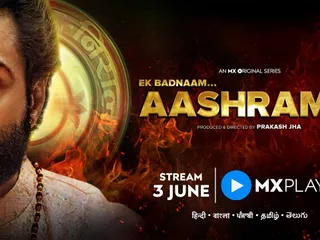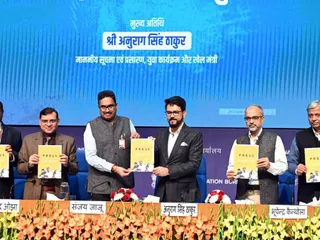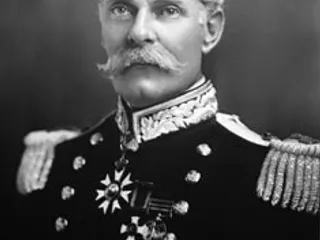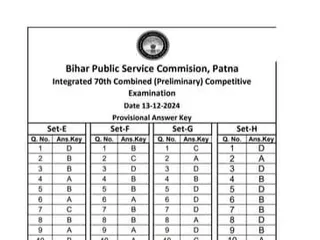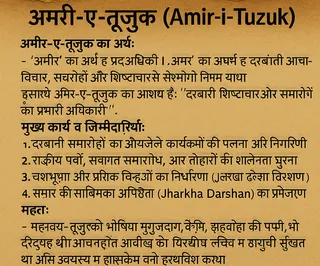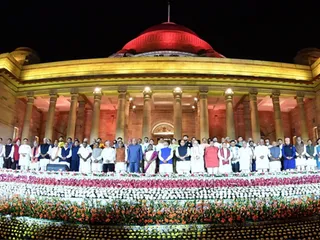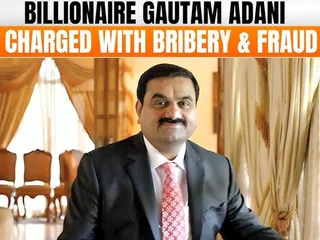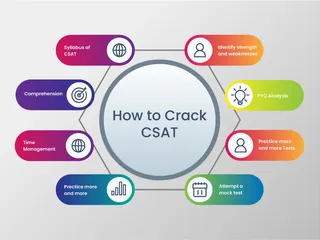The term "C.R. Formula 1944" lacks widespread recognition within established historical records or cryptographic literature. This suggests a few possibilities: it's a highly classified code never declassified, a misremembered or misidentified term, a localized or niche code, or perhaps even a fictional element. Without further context or specifics (source material, associated documents, or individuals mentioning it), definitively exploring its meaning becomes challenging.
To approach this subject effectively, we need to establish a framework for investigation. Several areas of inquiry could shed light on the potential meaning and significance of such a formula:
1. Contextual Analysis: The year 1944 was pivotal in World War II. The Allies were making significant advances against the Axis powers, and both sides employed sophisticated codes and ciphers. Analyzing the geopolitical landscape of 1944 is crucial. Understanding the military, political, and technological context could potentially reveal where such a code might have been used – for example, within a specific military branch or intelligence agency.
2. Cryptographic Methods: Wartime cryptography employed various techniques, ranging from simple substitution ciphers to complex electromechanical machines like the Enigma. Considering the possible cryptographic methods used in 1944 could help us understand how a “C.R. Formula” might have functioned. This includes examining the possibility of it being a one-time pad, a polyalphabetic substitution cipher, or a more complex system.
3. Potential Abbreviations: The “C.R.” component requires careful scrutiny. Are these initials associated with a specific person, organization, location, or concept? Deciphering these initials is crucial in narrowing down the possible origins of the formula. Researching military records, intelligence agencies, and governmental organizations of that era would be necessary.
4. Declassification Efforts: If this formula was a part of a classified military or intelligence operation, declassification efforts might have already released some relevant information, though possibly heavily redacted. Searching through declassified documents from the relevant period and associated archives (e.g., the National Archives) could be a valuable step.
5. Open-Source Intelligence (OSINT): Utilizing OSINT techniques, such as searching academic databases, historical forums, and specialized cryptographic communities, could uncover relevant discussions or fragmented information that might point towards the origin of the formula.
Conclusion: Currently, the “C.R. Formula 1944” remains an enigma. To unravel this mystery requires targeted research employing a multi-faceted approach that considers historical context, cryptography techniques, and meticulous analysis of potential acronyms and relevant archival material. Without more specific information, providing a definitive answer is impossible. However, this detailed exploration offers a framework for anyone seeking to investigate this intriguing topic further.


